Archives
- 2025-10
- 2025-09
- 2025-03
- 2025-02
- 2025-01
- 2024-12
- 2024-11
- 2024-10
- 2024-09
- 2024-08
- 2024-07
- 2024-06
- 2024-05
- 2024-04
- 2024-03
- 2024-02
- 2024-01
- 2023-12
- 2023-11
- 2023-10
- 2023-09
- 2023-08
- 2023-07
- 2023-06
- 2023-05
- 2023-04
- 2023-03
- 2023-02
- 2023-01
- 2022-12
- 2022-11
- 2022-10
- 2022-09
- 2022-08
- 2022-07
- 2022-06
- 2022-05
- 2022-04
- 2022-03
- 2022-02
- 2022-01
- 2021-12
- 2021-11
- 2021-10
- 2021-09
- 2021-08
- 2021-07
- 2021-06
- 2021-05
- 2021-04
- 2021-03
- 2021-02
- 2021-01
- 2020-12
- 2020-11
- 2020-10
- 2020-09
- 2020-08
- 2020-07
- 2020-06
- 2020-05
- 2020-04
- 2020-03
- 2020-02
- 2020-01
- 2019-12
- 2019-11
- 2019-10
- 2019-09
- 2019-08
- 2019-07
- 2019-06
- 2019-05
- 2019-04
- 2018-07
-
Perturbations in cell cycle are known to induce
2019-09-27
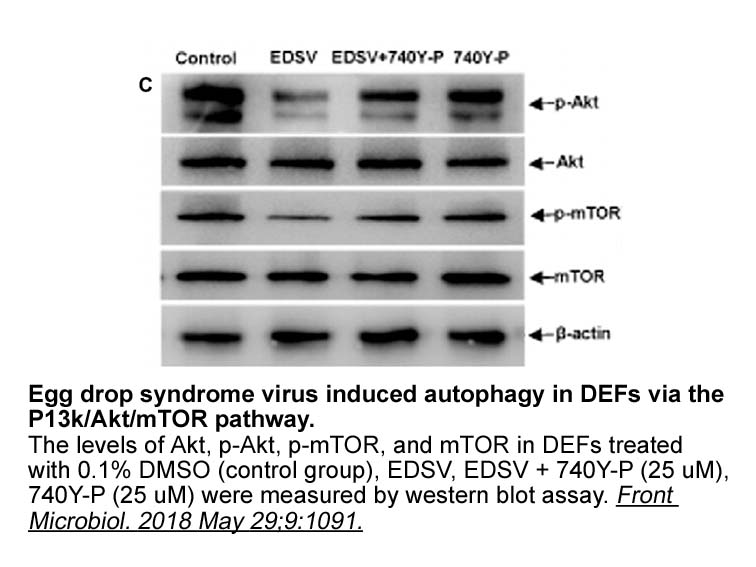
Perturbations in corticotropin releasing factor are known to induce apoptosis. Our results show that a fraction of the DT40YB-1b+/− cells, in addition to becoming tetraploids, undergo apoptotic cell death. Similar observations linking polyploidy and apoptosis have been made in the past [23], [30],
-
br Non cyclic nucleotide EPAC regulators Despite
2019-09-27
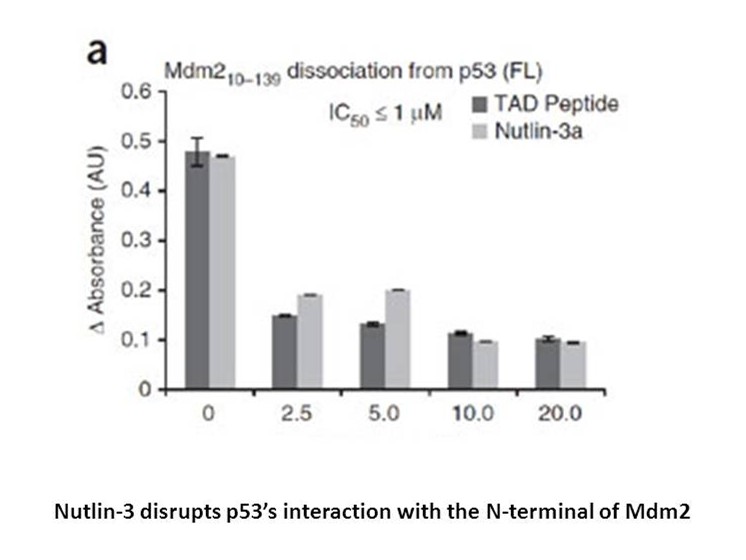
Non-cyclic nucleotide EPAC regulators Despite the success of 007 as a tool molecule, few studies to date have led to the identification of further EPAC-selective agonists. The most studied and controversial group of small-molecule EPAC regulators are the sulfonylurea (SU) family. SUs (Table 1) su
-
EP EP and EP receptor expression on HMVEC
2019-09-27
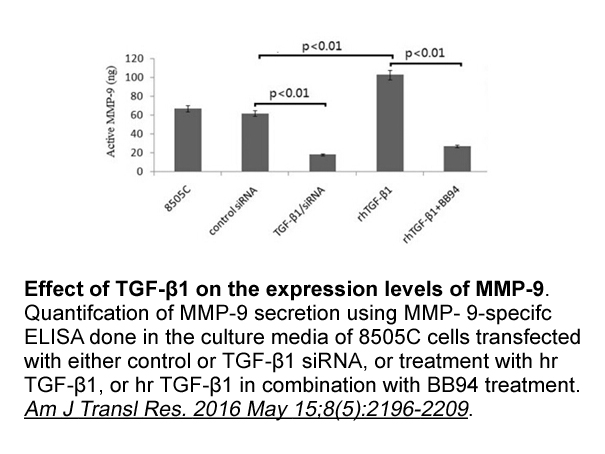
EP1, EP3 and EP4 receptor expression on HMVEC-L was shown recently by flow cytometry [14]. However, only EP4 mRNA expression was previously described in these cells [49]. Our data obtained with RT-PCR showed EP4 mRNA and very low levels of EP1 mRNA, but no EP2 and EP3 mRNA expression was detectable
-
In conclusion our data represents a step forward in
2019-09-27
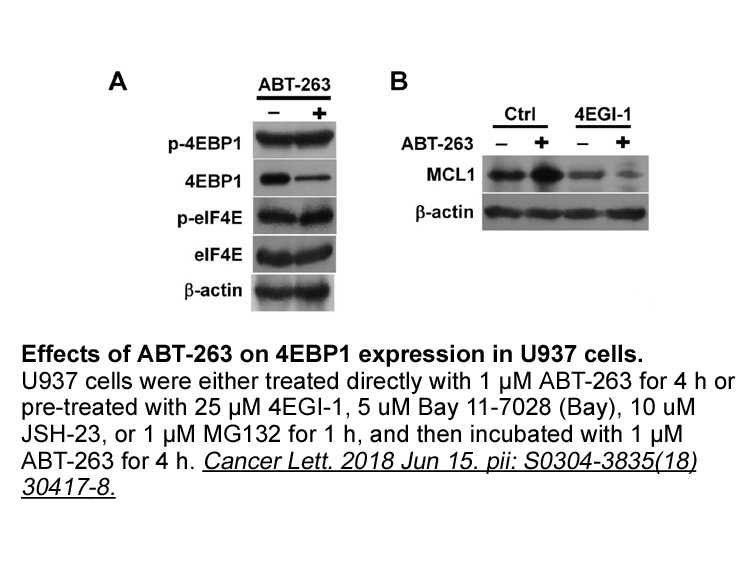
In conclusion, our data represents a step forward in terms of clarifying the role of I/D polymorphism of ACE and VNTR polymorphism of eNOS and G1793A, C677T and A1298C polymorphism of MTHFR in pathophysiology of psoriasis in Pakistani patients. It will help in better understanding of the disease pro
-
Dual inhibition of ACE and NEP as
2019-09-26
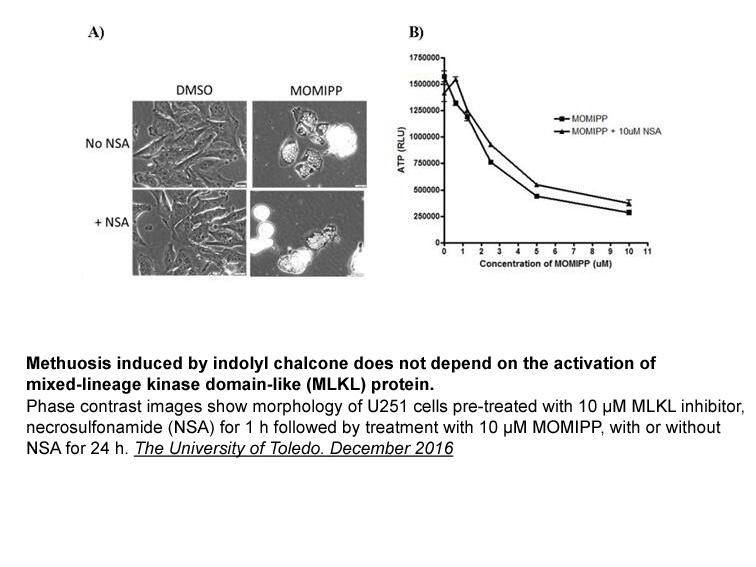
Dual inhibition of ACE and NEP as a strategy for treating hypertension has been extensively investigated, including contributions from these laboratories through the discovery of Sampatrilat . Given that both targets are related zinc metalloproteinases, dual enzyme inhibition can be achieved within
-
MLN8237 br Conclusions br Acknowledgements Implantable Micro
2019-09-26
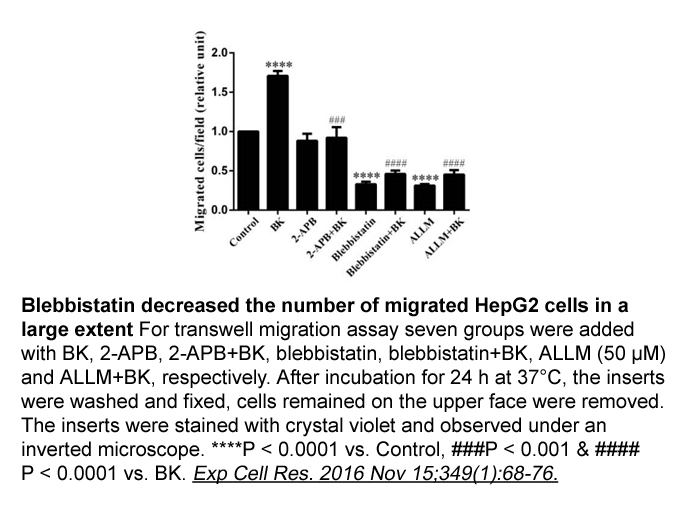
Conclusions Acknowledgements Implantable Microsystems for Personalised Anti-Cancer Therapy is a EPSRC (Engineering and Physical Sciences Research Council, UK) funded grant (Ref. EP/K034510/1) Introduction Flemingia philippinensis, belonging to the legume family, is a polyphenol rich plant
-
br Discussion The N terminal domain of
2019-09-26
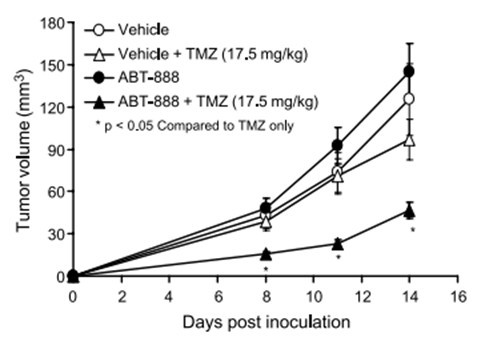
Discussion The N-terminal domain of DDRs has long been recognized as a member of the DS superfamily (Johnson et al., 1993, Karn et al., 1993), and its role in collagen binding is understood in atomic detail (Carafoli et al., 2009, Ichikawa et al., 2007). Our crystal structure shows that the secon
-
In general the DNMT encompass three
2019-09-26
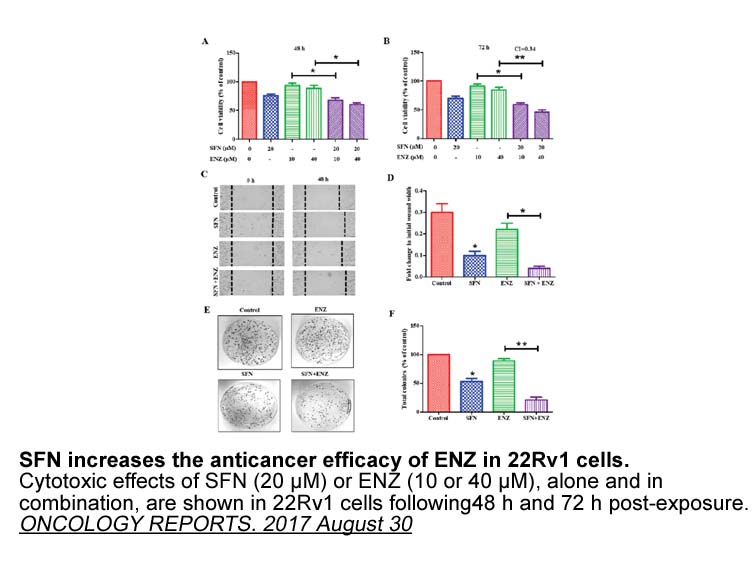
In general, the DNMT encompass three different structural regions: N-terminal regulatory domain, C-terminal catalytic domain and a central linker region (). The N-terminal regulatory domain is particularly implicated in determining subcellular localization of the DNMT and in allocating unmethylated
-
In our model CSF R blockade with
2019-09-26
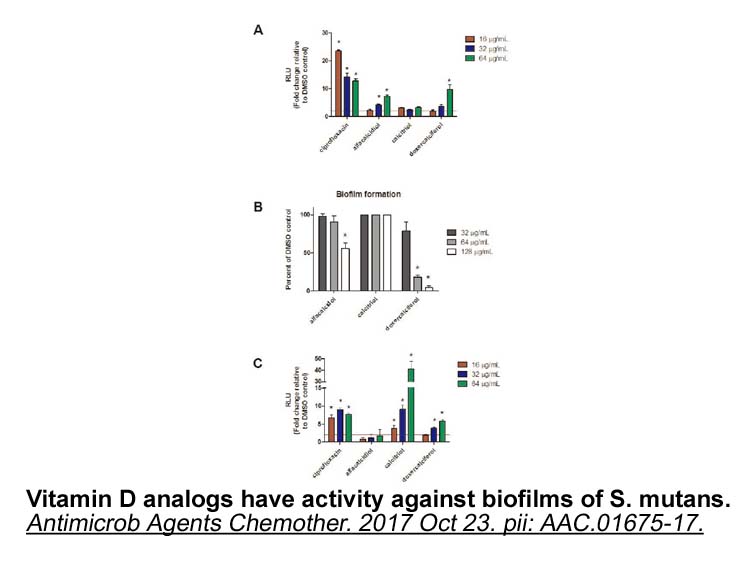
In our model, CSF-1R blockade with PLX647 mainly targeted the more abundant MDSCs instead of macrophages, suggesting that the role of CSF-1 may be tumor model-dependent. Different tumor models, genetic backgrounds, or treatments may induce different growth factors or cytokines in the tumor microenvi
-
br Results and discussion br Conclusion In this research sev
2019-09-26
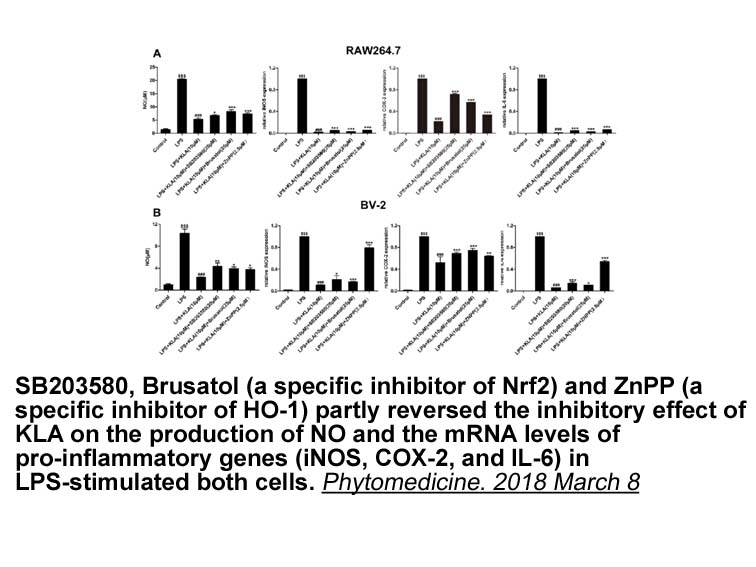
Results and discussion Conclusion In this research, several anti-inflammatory agents with pyrazolo[3,4-d]pyrimidine cores were synthesized. Such choice of large core than regular pyrazole was valid as a proper modification. That most of the prepared compounds showed excellent AI activity. In a
-
Increased leukocyte trafficking and infiltration of
2019-09-26
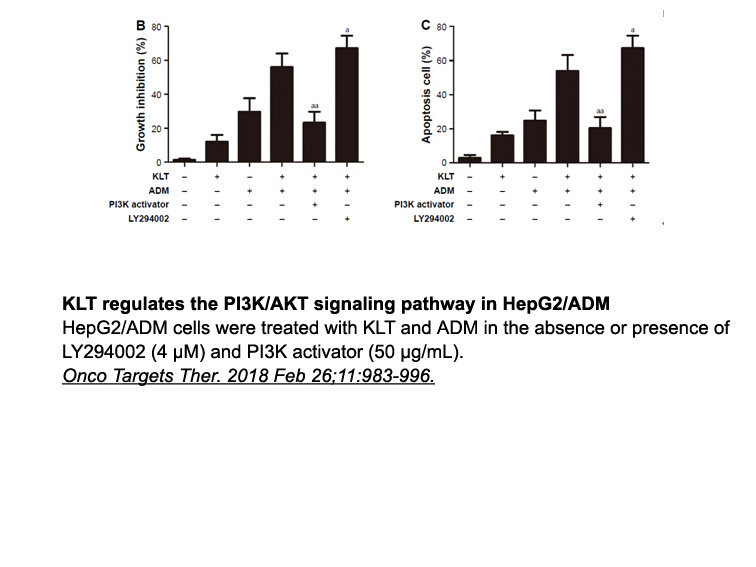
Increased leukocyte trafficking and infiltration of the vascular wall are thought to provide a key stimulus for SMC activation and subsequent neointima formation in response to vascular injury [19], [20]. The essential trigger regulating the accumulation of leukocytes in the vessel wall is the upreg
-
All of the studies referred to above were on microvillous
2019-09-25
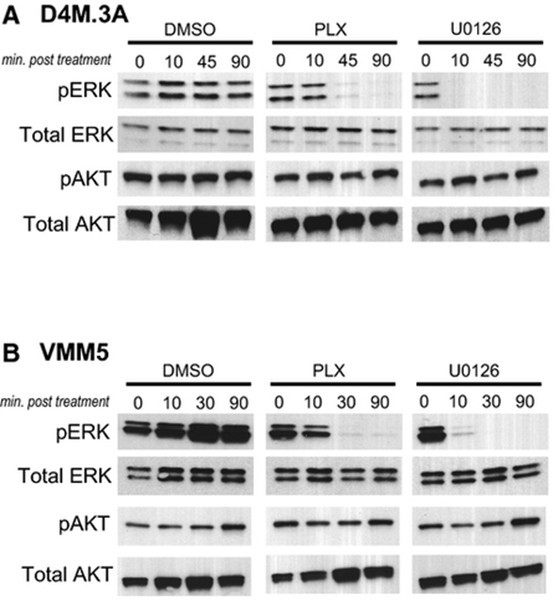
All of the studies referred to above were on microvillous membrane from hSTB; however, there is little information regarding conductances in the basal membrane. Illsley and Sellers, using a fluorescent technique, determined the relative permeabilities of cations and chloride in basal membrane vesicl
-
br Conflict of interest br Introduction
2019-09-25
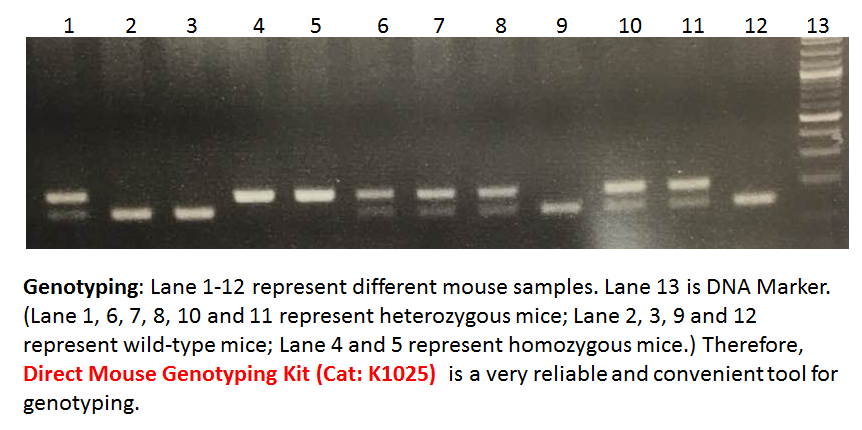
Conflict of interest Introduction Endothelin receptors are members of the superfamily of G-protein-coupled receptors (GPCRs) and central regulators of vascular tension and other physiological functions in higher eukaryotes [1]. The human endothelin system comprises the highly homologous endoth
-
To investigate the role of DPP inhibition in
2019-09-25
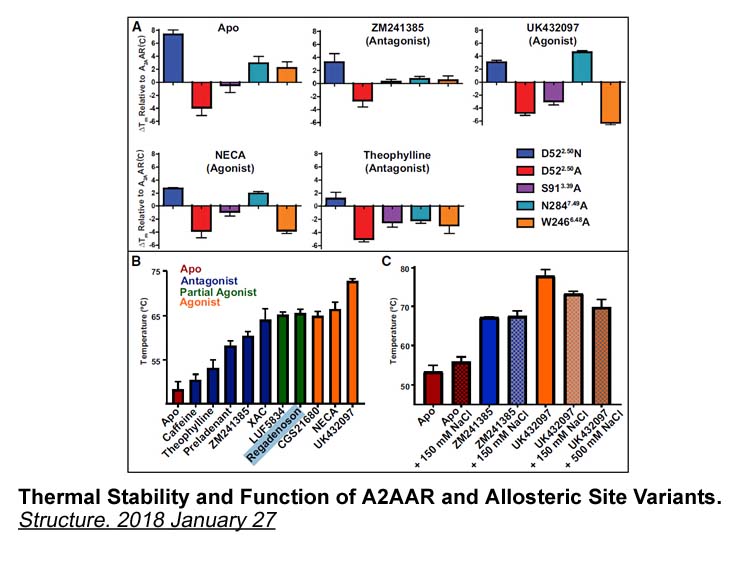
To investigate the role of DPP-4 inhibition in inflammation-induced bone resorption, we evaluated the effect of a DPP-4 inhibitor on LPS-induced osteoclast formation and bone-resorption in vivo. Our results showed that the DPP-4 inhibitor inhibited LPS-induced osteoclast formation and bone resorptio
-
The DNA damage response DDR is
2019-09-25
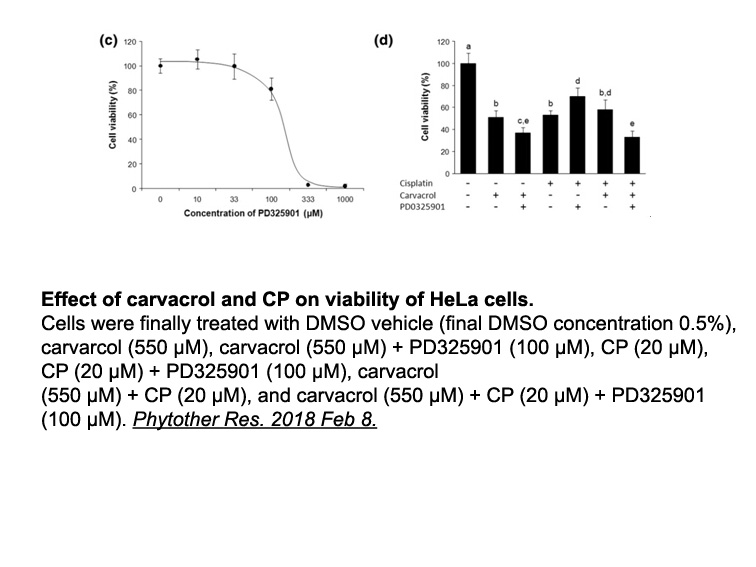
The DNA damage response (DDR) is a cellular mechanism that protects against DNA damage induced by endogenous and exogenous factors, it includes changes in cellular processes such as ApoBrdU DNA Fragmentation Assay Kit regulation, DNA damage repair, apoptosis and chromatin remodeling. In recent year
15476 records 945/1032 page Previous Next First page 上5页 941942943944945 下5页 Last page